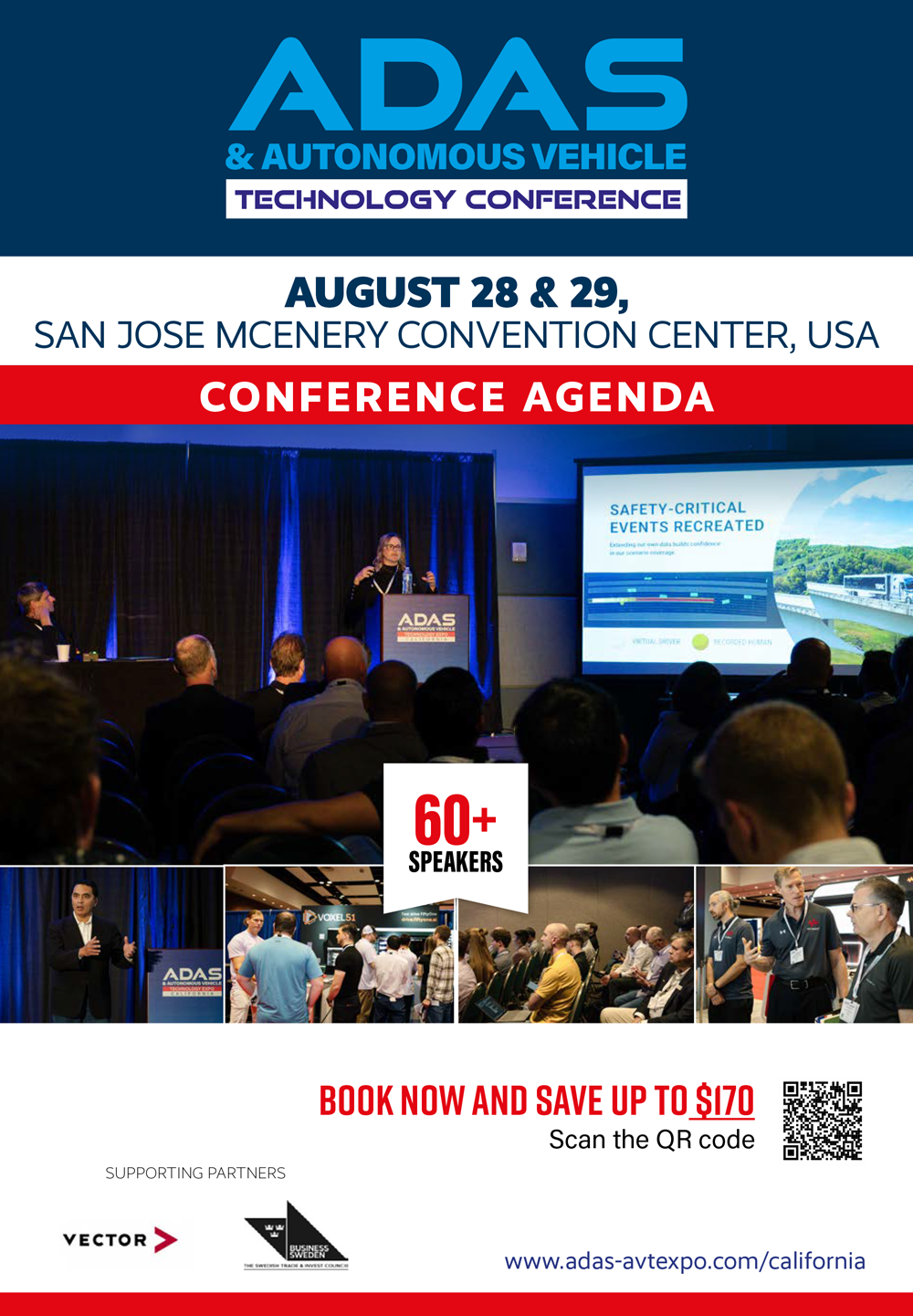Conference Program
The full conference program has been announced!
The two-day conference brings together world-leading experts in autonomous vehicle research, AI, software, sensor fusion, AV testing, validation, development, standards and safety. 50+ speakers from international OEMs, Tier 1 suppliers, R&D centers and innovative transportation startups will share best practices and innovative strategies. Hear from IBM, Volvo Cars, Torc Robotics, Tier IV, The Goodyear Tire & Rubber company, Argonne National Laboratory and more.
Room 1
Safety considerations and best practices for advancing ADAS and AV technologies
9am - 3.40pm
Moderator
 Bodo Seifert
Bodo SeifertSenior automotive functional safety engineer and practice lead
TÜV Rheinland of North America
USA
9am
Using model-based system engineering in ISO 26262 processes with independence
 Alexander Lim
Alexander LimLead field application engineer
LDRA
USA
This study investigates the integration of model-based system engineering (MBSE) into ISO 26262 processes, focusing on the idea of independence in safety-critical automotive systems. This idea is borrowed from other domains, like DO-178C for aviation, and extended with back-to-back testing. Practices and tools commonly used in MSBE will be examined, and their place in the verification and validation process will be shown. The role of independence at various safety integrity levels will be examined. Finally, a case study will be presented to show how this can be achieved with existing tools and processes.
9.25am
Enhance and enable Level 4 autonomous parking with Real-time HD Semantic Map solutions
 Dr Andy Xiao
Dr Andy XiaoProduct technical manager
Valeo
USA
The automotive industry is undergoing rapid transformation with the introduction of new vehicle architectures and software-defined vehicles, alongside advanced processing platforms. This shift creates a wealth of innovative data-driven opportunities. In this presentation, Dr Xiao will explore real-time HD semantic map solutions designed to enhance parking experiences and enable Level 4 autonomous parking systems. The solutions use low-cost sensors – surround-view cameras – to create sharable parking lot maps. These maps, stored in the cloud, provide real-time updates on parking spot availability and type (EV, handicapped, etc). Dr Xiao will explain how these advancements lead to smarter, more efficient parking solutions.
9.50am
Transforming autonomous transit: lessons learned from real-world ART operations
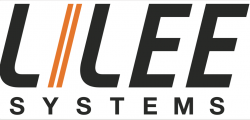 Dr Jia-Ru Li
Dr Jia-Ru LiCEO
Lilee Systems
USA
Explore the future of autonomous transit with our autonomous rapid transit (ART) system, as we explore its real-world applications in enhancing transportation services for airports and public transit. We will share several ART operations utilizing full-size buses and ADA-compliant vehicles, alongside an innovative ART airport people mover project that integrates electric buses and a vehicle management platform. We will discuss the implementation process and lessons learned in adopting these solutions. Join us and uncover how ART offers faster deployment and reduced total costs while meeting safety requirements, making it a game-changer for the autonomous transit market.
10.15am
An analysis of AV and ADAS shortcomings and potential solutions
 Cameron Gieda
Cameron GiedaDirector of business development
Pony.AI
USA
It seems that on a weekly basis we see another accident or incident involving the apparent failure of an AV or ADAS. Regardless of the frequency of these incidents, they are used as fodder by the media to frighten the public, earning more clicks and add revenue. We've seen AVs jamming up streets, hitting cyclists, dragging pedestrians and a recent tragedy where a Ford MachE ( supposedly with Blue Cruise engaged) struck a stopped vehicle on a highway, resulting in a fatality. I will discuss my opinions as to why such incidents happen and propose technical solutions to reduce or eliminate these issues in the future. Solutions can take the form of better or increased sensors on vehicles or more robust localization and communication systems. There are also many investments that can be made around infrastructure, which could greatly improve the safety and efficiency of ADAS and AV systems. I will discuss a few of these technical approaches (including V2V and V2X) as well as who should be paying for them.
10.40am - 11.10am
Break
11.10am
Effects of aftermarket modifications on a vehicle’s ADAS functionality
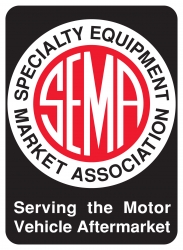 Luis Morales
Luis MoralesDirector of vehicle technology and product development
Specialty Equipment Market Association (SEMA)
USA
As ADAS technology proliferates in passenger vehicles, there is a pressing need to understand how aftermarket modifications may affect the functionality of these systems. To address these challenges, SEMA stays at the forefront of research and testing, particularly with rapidly evolving vehicle technologies such as ADAS and autonomous features. In this presentation, SEMA will share the results of its groundbreaking research projects that tested the effects of various aftermarket modifications (suspension lifts) on the ADAS functionalities in a Chevrolet Silverado and Ford F150, including lane departure warnings/lane-keeping assist, forward collision warnings/automatic emergency braking, blind-spot detection and rear cross-traffic alerts.
11.35am
Preventing unexpected behaviors in autonomous vehicles
 Bodo Seifert
Bodo SeifertSenior automotive functional safety engineer and practice lead
TÜV Rheinland of North America
USA
Four lines of defense to a safer vehicle: process – build what you specify (automotive SPICE); functional safety – ISO 26262:2018; safety of the intended function – ISO 21448; cybersecurity ISO 21434.
12pm - 12.50pm
Panel discussion: Where standards and regulations meet - how can they best interact?
Join a lively discussion of the current landscape for regulations and standards, as well as what developments might be on the horizon. Our expert panel will also discuss possible interactions between the two, what barriers there might be to interaction and how they might be negotiated.
 Gil Amid
Gil AmidChief regulatory affairs officer
Foretellix
Israel
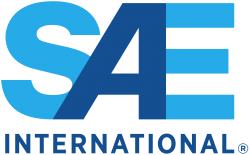 Dr Sven Beiker
Dr Sven BeikerExternal advisor
SAE International
USA
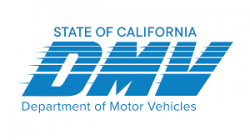 Miguel Acosta
Miguel AcostaAutonomous vehicle chief
California Department of Motor Vehicles
USA
 Benjamin Engel
Benjamin EngelChief technology officer
ASAM eV
Germany
 Katherine Sheriff
Katherine SheriffLead, mobility and transportation industry group
Davis Wright Tremaine
USA
12.50pm - 2pm
Lunch
Moderator
 Omar Elzeiny
Omar ElzeinyStrategic product manager
dSPACE
Germany
2pm
ISO 26262 for cloud-based precise positioning
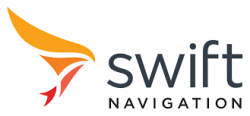 James Tidd
James TiddAutomotive chief engineer
Swift Navigation
Sweden
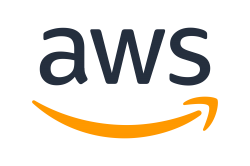 Simon Reichert
Simon ReichertSenior ADAS expert
Amazon Web Services
Germany
As the automotive industry advances toward higher levels of vehicle autonomy and vehicle-to-everything (V2X) communication, cloud-based services will play a larger role. While the ISO 26262 standard sets functional safety requirements for software running inside the vehicle, cloud-based applications must adhere to the same requirements. Swift Navigation’s Skylark Precise Positioning Service is a cloud-based GNSS corrections service running on AWS that provides vehicles with high-accuracy location data for precise navigation, ADAS and autonomy and V2X communication. Skylark recently achieved ISO 26262 certification, elevating the role of GNSS in the automotive sensor suite and setting a design pattern for the development of cloud-based applications used for safety-critical use cases. Learn more about the service architecture and cloud infrastructure used to ensure compliance with safety standards while leveraging the unique benefits of the cloud.
2.25pm
The 5GAA roadmap for advanced driving: connectivity as a linchpin
 Jim Misener
Jim MisenerGlobal V2X ecosystem lead / board member
Qualcomm/5GAA
USA
This session will present a vision for how connectivity technologies can meaningfully support advanced driver assistance systems (ADAS) worldwide. The 5GAA roadmap for advanced driving includes both wide area and local broadcast communications and shares a vision for how they can augment ADAS solutions. Attendees will learn the immediate and near-term benefits of vehicles equipped with 5G modems and gain insight into the regulatory and standards headwinds to overcome.
2.50pm
Innovative techniques and methods for a changeable roadway testing environment
 Param Sankar
Param SankarHead of transportation & smart infrastructure division
Battelle Memorial Institute
USA
Battelle is assisting the Federal Highway Administration (FHWA) with research to develop realistic and easily changeable mock roadway features (e.g. curbs, pavement markings, barriers, vegetation) to rapidly create and take down diverse scenarios for testing automated driving systems (ADS). These realistic, lightweight, portable (mock) roadway features will enable proving grounds and other facilities to increase their testing adaptability and agility without having to invest in expensive infrastructure upgrades. We will present several concepts under development – including foam curbs, removable pavement marking and lightweight concrete barriers – and the methods used to develop and test them (e.g. sensor signatures, likeliness and durability testing).
3.15pm
Formal methods: game-changer in ensuring automotive software safety and security
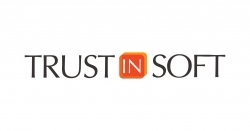 Rolland Dudemaine
Rolland DudemaineDirector of field engineering
TrustInSoft
USA
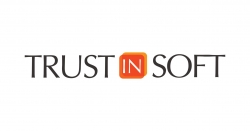 Jason Landers
Jason LandersDirector of systems engineering
TrustInSoft
USA
The presentation will show how, through automating the use of formal methods via abstract interpretation among other techniques, enterprises can alleviate the tester burden, reduce iterations generated by penetration, fuzzing and unit testing, and allow developers to focus on high-value tasks. This unique approach, which combines static and dynamic analysis, was recommended by NIST (NIST.IT.8151) and the White House's ONCD, and has the additional powerful advantage that it yields no false negatives. This means a guaranteed absence of undefined behaviors like buffer overflows. We will further demonstrate how developers can comprehensively verify software properties and produce critical-bug-free code, ensuring memory safety.
Room 2
State of the art hardware and software test & development
9am - 3.40pm
Moderator
 Sean Scally
Sean ScallySenior associate
Exponent Inc.
USA
9am
Next-generation ADAS test for V2X and vehicle-level radar test
 Ram Mirwani
Ram MirwaniSenior group manager, business development, automotive
Rohde & Schwarz
USA
As Level 3 ADAS functions continue to dominate vehicle roadmaps in the short term, testing these ADAS functions adequately is a continuing challenge for the automotive ecosystem. In this session, Rohde & Schwarz will introduce two new test methods for ADAS testing: the optimized, cost-effective on-vehicle radar test and combining V2X with the sensor HIL test for pre-road test reliability tests. The session will share initial project/demo descriptions, key learnings and potential application areas for these new test methods.
9.25am
Meeting SOTIF for ADAS/AD through efficient software and scenario validation
 Felix Mueller
Felix MuellerGeneral manager
TraceTronic, Inc
USA
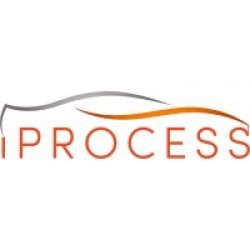 Florian Rohde
Florian RohdeManaging Partner
iProcess LLC
USA
Validation of automated driving functions, especially for SAE L3, has become a challenging aspect of new vehicle development. Large quantities of tests have to be performed in different environments. Complex SIL and HIL setups and highly scalable cloud simulations are necessary to cover the required testing. In ISO 21448 (SOTIF), sampling is a central component and focuses on targeted parameterization and variation of scenarios. In this presentation, the audience will learn about the SOTIF standard and its effect on vehicle development. We will also present a scalable, virtual toolchain solution for automation, parameterization and efficient, targeted analysis of the test.
9.50am
Enhancing autonomous vehicle development through simulation
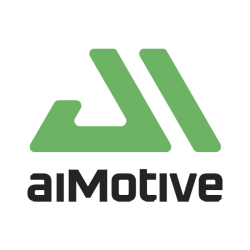 Daniel Tosoki
Daniel TosokiProduct director
aiMotive
Hungary
Explore the critical role of perception simulation in developing safe and reliable autonomous vehicles. This keynote offers an in-depth look at aiMotive's aiSim and its capabilities in simulating real-world sensor data to train and validate perception systems. Learn how aiSim empowers engineers to create highly realistic and challenging scenarios for perception algorithms, ensuring they are prepared for complex road environments. Discover the impact of perception simulation on accelerating the development of AI-driven perception in self-driving technology.
10.15am
Argonne’s anything-in-the-loop workflow: assessing the energy impact of CAVs
Connected and automated vehicle reserach engineer
Argonne National Laboratory
USA
Principal research engineer
Argonne National Laboratory
USA
Estimating connected and automated vehicles' (CAVs) energy impacts is challenging due to the non-linear dependence between CAVs' interactions with the environment and the scarcity of real-world data. To overcome these limitations, an 'anything-in-the-loop' (XIL) workflow has been developed. The XIL workflow integrates various CAV controllers into real powertrain components or vehicles in a safe, controlled and highly repeatable experimental environment, enabling a thorough validation and analysis of functionalities, dynamic performance and energy impacts. The presentation provides an overview of the workflow tasks and highlights achievements in energy conservation and insights into validating a multivehicle simulation leveraging experimental results.
10.40am - 11.10am
Break
11.10am
A server-based HIL rig proposal
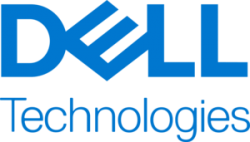 James Singer
James SingerCTO technologist
Dell Technologies
USA
 Lazaar Louis
Lazaar LouisProduct management and marketing director
Ambarella Automotive
USA
An essential methodology that every ADAS/AD project must leverage is hardware-in-the-loop testing (HIL). While traditional HIL testing is more accurate than SIL, it runs orders of magnitude more slowly than cycle-for-cycle software-in-the-loop testing. Complexity, cost and deployment challenges limit scalability. In this session, Ambarella, in cooperation with Dell, will introduce a new methodology that delivers a low-cost, scalable server-based HIL rig simulation architecture that matches or exceeds the speed and accuracy of traditional HIL rigs for AI model verification with the flexibility of on-premises and/or remote deployment.
11.35am
Precipitation characterization for ADAS development of sensor performance at ACE
 John Komar
John KomarExecutive director, Automotive Centre of Excellence (ACE)
Ontario Tech University
Canada
Ontario Tech University/Automotive Centre of Excellence's core research facility will share the journey of the precipitation characterization and testing functionality of ADAS for soiling due to weather impacting the vehicle sensors and detecting targets. Ontario Tech and ACE are leading the way in developing new, advanced development routines and testing methodologies for real-world weather conditions. The world-class Climatic Aerodynamic Wind Tunnel and other environmental chambers provide testing in rain/snow/ice/fog in varying temperatures and humidity. ACE provides calibrated rain/snow/ice/fog precipitation characterization that accurately and repeatably reproduces real-world performance of lidar, radar, cameras and other optical sensors in full vehicle operation.
12pm
Radar ADAS: virtual modeling of targets
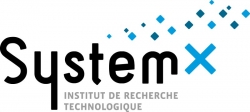 Vanessa Palmier
Vanessa PalmierResearch engineer
IRT SystemX
France
The safety of autonomous systems is one of the challenges addressed by the CVH project at IRT SystemX through simulation. One of its aims concerns perception, considering physically realistic simulation of sensors, from a hardware point of view on one hand, and modeling of the environment on the other hand. In the case of radars, the applied methodology comprises four main topics: building the virtual sensor, modeling virtual targets, describing simulation scenarios and characterizing the phenomenological model of perturbations. This paper discusses modeling virtual targets, in order to demonstrate the relevance of our methodology through quantified results.
12.25pm
Is ADAS a bridge to full autonomous driving?
 Oz Sharlin
Oz SharlinPerception Group Leader
Imagry
USA
Both these AD approaches utilize sensors, hardware, processors, cameras, etc, but their integration and computing power requirements are different. The presentation will examine where the concepts diverge and determine if there is a direct path from one to the other. Another essential factor to consider is how the vehicle perceives the immediate environment. Different mapping options – HD Maps versus mapless – will be presented and compared.
12.50pm - 2pm
Lunch
Moderator
 Tim Foster
Tim FosterSenior solution consultant
ETAS
USA
2pm
Novel trends of 3Dlidar visualization systems for automotive technologies
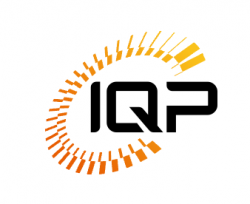 Prof Valeriy Savelyev
Prof Valeriy SavelyevChief scientific officer
IQP – Integrated Quantum Photonics, Houston, TX
USA
Analysis of the current state of development of autonomous vehicle technologies requires a critical analysis of the requirements and key elements of autonomous driving systems, in particular visualization systems. The report focuses on emerging trends in lidar sensor technologies to improve the performance of autonomous vehicles. New trends include new optical sensors with improved performance, fast response principles of lidar sensors, optical laser beam distribution systems – particularly diffractive optics, and a new method of obtaining information in a visual camera format with distance information (possibly in color), which allows users to analyze information based on artificial intelligence on a chip and others.
2.25pm
Targetless lidar calibration – unleashing new dimensions in autonomous tech
 Mohammad Musa
Mohammad MusaFounder and CEO
Deepen AI
USA
The presentation will cover challenges with traditional lidar calibration, advantages of targetless calibration, use cases and applications and Deepen AI's targetless calibration.
2.50pm
Generative AI for requirements management and continuous homologation in autonomous engineering
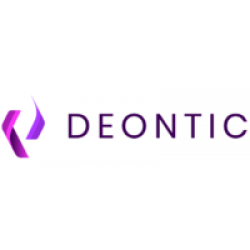 Stephen Lernout
Stephen LernoutCo-founder and CEO
Deontic
Belgium
Expand your operational design domain (ODD) and cover new geographical regions by fine-tuning large language models (LLM) and augmenting autonomous driving scenarios with abstract knowledge of standards, regulations and laws.
3.15pm
Testing time-sensitive networking and MACsec encryption in an AV
 Marty Gubow
Marty GubowTSN program manager
Keysight Technologies
USA
 Cris Fernandes
Cris FernandesSenior sales engineer
Keysight Technologies
USA
The presentation will provide an introduction to in-vehicle network (IVN) security, including TSN standards and industry adoption, security architectures and multilevel security validation.

